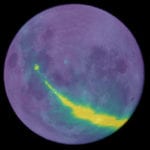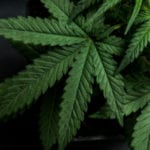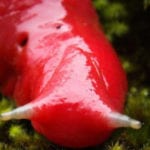 History
History  History
History  Weird Stuff
Weird Stuff 10 Fascinating Things You Might Not Know About Spiders
 Food
Food 10 Everyday Foods You Didn’t Know Were Invented by the U.S. Military
 History
History 10 Odd Things Colonial Americans Kept at Home
 Weird Stuff
Weird Stuff 10 Superstitious Beliefs That Once Consumed Entire Cultures
 History
History 10 Bizarre Friendly Fire Incidents in Military History
 Technology
Technology 10 Modern Technologies That Accidentally Imitate Ancient Magic
 Mysteries
Mysteries 10 Mysteries of the Human Genome
 Weird Stuff
Weird Stuff 10 Things So Rare They’ve Only Been Found Once
 History
History 10 Legends Whose Last Moments Undid Their Glory
 History
History 10 Great Escapes That Ended Right Back in Captivity
 Weird Stuff
Weird Stuff 10 Fascinating Things You Might Not Know About Spiders
 Food
Food 10 Everyday Foods You Didn’t Know Were Invented by the U.S. Military
Who's Behind Listverse?

Jamie Frater
Head Editor
Jamie founded Listverse due to an insatiable desire to share fascinating, obscure, and bizarre facts. He has been a guest speaker on numerous national radio and television stations and is a five time published author.
More About Us History
History 10 Odd Things Colonial Americans Kept at Home
 Weird Stuff
Weird Stuff 10 Superstitious Beliefs That Once Consumed Entire Cultures
 History
History 10 Bizarre Friendly Fire Incidents in Military History
 Technology
Technology 10 Modern Technologies That Accidentally Imitate Ancient Magic
 Mysteries
Mysteries 10 Mysteries of the Human Genome
 Weird Stuff
Weird Stuff 10 Things So Rare They’ve Only Been Found Once
 History
History 10 Legends Whose Last Moments Undid Their Glory
Top 10 Strange And Scary Facts About Microplastics
When plastic weathers down to 5 millimeters (0.2 in) or less, the debris is called microplastics. Often invisible, these particles are turning into the nemesis of the scientific community and the natural world.
Far from being somebody else’s problem, nearly every person is touched by plastic fragments on a daily basis—when we eat, when we drink, and even when we have fun.
10 Interactive Museum Fined
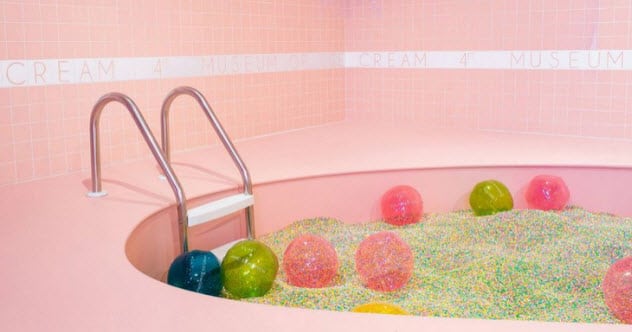
When the mobile Museum of Ice Cream arrived at Miami Beach in 2018, nobody expected the stern eye of the law. After all, the organizers wanted visitors to have fun celebrating the beloved cold treat. One way that the museum offered families the chance to interact with the dessert was to frolic in a swimming pool filled with fake sprinkles.
People flocked to the realistic pool of candy. Having too much fun was not the problem. What attracted the attention of officials was a sudden colorful presence in the vicinity’s storm drains.
Apparently, when enthusiastic sprinkle swimmers were done, they walked away and shed the small plastic pieces everywhere they went. City officials were not happy about the sprinkles in the storm drains, fearing that they could pollute the local waterways.
The Museum of Ice Cream was slapped with a $1,000 fine. This encouraged the institution to hire sweepers, blow sprinkles off people exiting the pool, place catch nets in the drains, and investigate a biodegradable substitute.[1]
9 Plastic Inside Salt Shakers

Microplastics lurk among salt grains and even inside them. Since sea salt is a commercial product, the plastic pellets nestle in salt shakers across the world. When somebody seasons their food, they unwittingly shake some polypropylene and polyethylene on their dinner. These are the most common fibers found in sea salt. Both hail from grocery bags, plastic bottles and caps, and containers like lunch boxes.[2]
A 2018 study found that the problem with contaminated commercial salt was global and that the understanding of health risks to humans remains threadbare. That being said, nobody wants to eat nanoparticles of something that takes 400 years to naturally decompose.
In addition, past research showed that accumulating microplastics cause particle, chemical, and microbial hazards. If one considers the rampant rate at which salt is consumed, the threat of microplastics touches nearly everyone.
8 The Glitter Ban
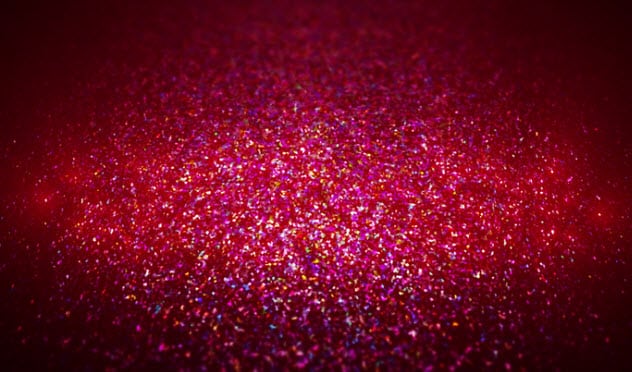
Glitter is the mainstay of every parade, festival, and crafts-loving kid. Not everyone is a fan of the pretty metallic sparkles, though. Scientists who are conscious of the mega-problem that is microplastics hate it. In fact, they despise it so much that they are calling for a worldwide ban on glitter.[3]
Why?
It may not seem immediately obvious, but the shimmery slips are, in fact, microplastics. They resemble tinted foil but come from a plastic polymer called polyethylene terephthalate. This polymer is also marketed under the trade name Mylar.
In 2018, a chain of 19 nursery schools in England banned the use of the twinkly powder out of concern for the environment. The kids now use more nature-friendly ingredients, like colored grains, for their craft projects.
Glitter-free schools may not come easy. A survey showed that management did not take the issue seriously and that only one in every four nurseries considered banning glitter from the classroom.
7 Inside The Deepest Creatures
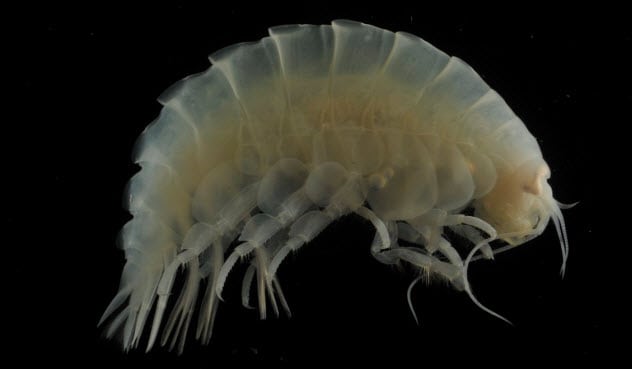
When scientists trapped crustaceans in the ocean’s deepest trenches, they found something surprising: man-made fibers in the creatures’ digestive systems. In 2017, six deep-sea trenches were chosen, including the Pacific Mariana Trench which has the world’s deepest ocean point, Challenger Deep.
In turn, Challenger Deep is the habitat of amphipods. These crustaceans live 11,000 meters (36,000 ft) down, and every one that was trapped and tested had ingested microplastics. Though the other five trenches did not have a 100 percent contamination rate, none of their amphipod populations was completely plastic free.
Even the one with the lowest levels, the New Hebrides trench in the southwestern Pacific, showed that half of all animals had nibbled on plastics. On the menu were nylon fibers as well as rayon, lyocell, and ramie. The crustaceans also mistook PVC for food. PVC is used to make everything from pipes to credit cards.
Scientists also pulled polyethylene (plastic bag material) from the amphipods’ stomachs. The Mariana group now holds the record for the deepest instance of microplastic presence and consumption.[4]
6 Giant Plankton Droppings
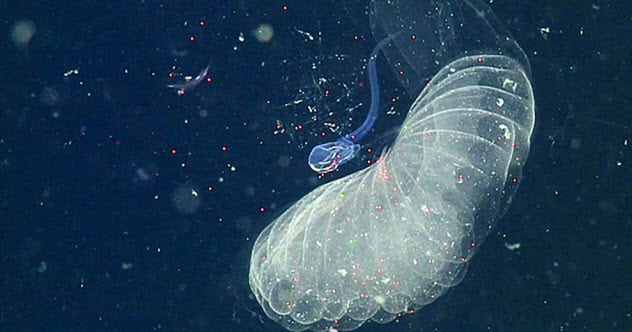
Scientists have discovered how surface-floating beads end up on the seafloor. It gets weird. The process involves a species of giant plankton, an animal that is normally invisible to the naked eye.
This Pacific type is 10 centimeters (4 in) long and lives in the middle of a mucus web that can reach 1 meter (3.25 ft) across. This so-called “house” is also a peak filter that traps food as the creature trawls.
In 2017, researchers steered a submersible over to giant plankton in Monterey Bay and fed them microplastics. The goopy creatures were then captured and kept in a tank to reveal the consequences.
The plankton behaved like plastic compactors. Their digestive systems pressed the particles together and pooped out large plastic pellets. Eventually, the plankton shed their pellet-burdened houses which then sank to the bottom of the tank.
This provided a possible answer to a mysterious mechanism—how plastic reaches the ocean floor. What is clear, though, is the threat of microplastics ending up on the dinner table again. Marine animals eat the discarded houses and pellets, introducing plastic into the food chain from yet another avenue.[5]
5 Great Arctic Release
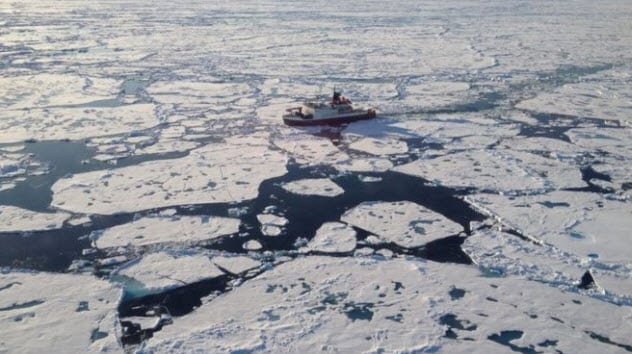
The frozen world of the Arctic likes doing things big. Unfortunately, this holds true for trash, too. Scientists released a study in 2018 about ice core samples collected during the previous years, when they had encountered a double-edged situation.
For one, the samples showed a record concentration of microplastics in sea ice. When researchers counted the tiny pieces, they found 17 different types crowding at 12,000 particles per liter. The cores, all from different locations, suggested that microplastics were basically now everywhere in the ocean.
On the upside, the study showed that sea ice acts like a trap for huge quantities of microplastics, preventing filter feeders from consuming them and contaminating the food chain. However, climate change has begun to melt the frozen structures, threatening to release a massive amount of plastic back into the ocean. This could strain marine life even more. The ocean already receives yearly injections of eight million tons of plastic from the land.[6]
4 The Cigarette Factor

A common misconception is that plastic bags are the most common form of litter in the sea. They do bob about in huge numbers, but if this were a contest, plastic bags would soundly lose to cigarette butts.
In 2014 alone, volunteers of a cleanup initiative collected two million stubs from beaches. The filter of one’s favorite smoke is a plastic called cellulose acetate, the same thing sunglasses are mostly made of. A single filter can leach thousands of microparticles into the environment. Even if biodegradable butts become mainstream, they would still pollute the earth or sea with toxins left behind from the smoking process.[7]
For this reason, some researchers want cigarettes to be made without filters. Not just because they pose an epic threat to marine life but because companies flaunt the incorrect image that the filter is a health device. A survey showed that most smokers would rather quit than switch to an unfiltered cigarette. In turn, this might reduce the $41 million spent annually by the state of California to clean up discarded smokes.
3 100 Percent Mussel Contamination
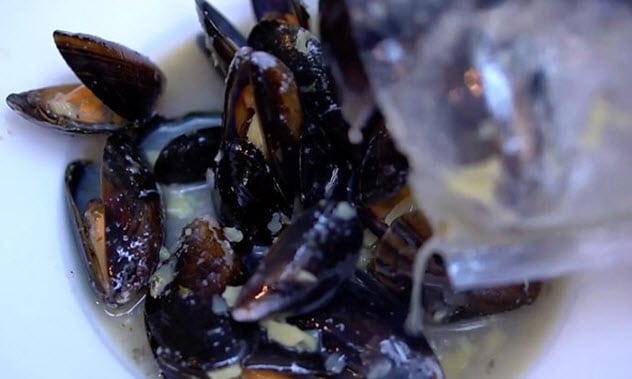
In 2018, a British university team scooped wild mussels from eight coastal regions. The researchers also bought the popular seafood at eight different supermarkets. The shops’ names were never made public and with good reason. All their mussels carried microplastics, even imported varieties or those raised on farms.[8]
Freshly caught ones had less pollution than mussels sold as frozen or cooked, which likely pointed to factory contamination somewhere. But it was not just a processing problem. The wild mussels that were freshly drawn from the eight local beaches were all plastic ridden. Overall, the British mussels produced an estimated 70 pieces of plastics and waste like cotton and rayon for every 100 grams consumed.
The trash ended up inside the marine animals because mussels filter seawater for food. Some scientists feel that there is no risk as plastic tends to pass unabsorbed through the human body. However, others rightly caution that the health implications of microplastics, especially nanoparticles, are poorly understood.
2 Great Australian Bight
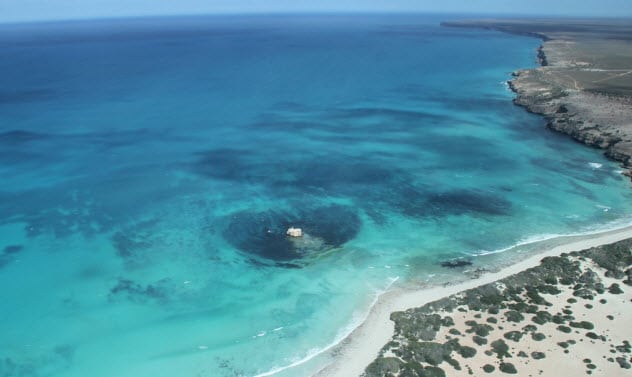
In 2018, the decision was made to see if microplastics had truly infiltrated all of the seas. Researchers chose an unlikely and really remote spot—the Great Australian Bight.
One of Australia’s greatest marine treasures, the area is pristine and isolated. Investigators took great measures to prevent bringing contamination along. They cleaned equipment with deionized water and filtered laboratory solutions. The staff also wore special clothing while working in a fume hood.
So, when the sediment samples showed plastic, everybody knew it did not arrive with the scientific team. The news that plastic was found far offshore and deep inside the bight was troubling for conservationists. The bight is considered one of the most untouched places left in the ocean.
Apart from proving that microplastics were likely everywhere, it also drove home the point that the problem of microplastics might be too big to overcome. They are in the air, water, homes, and food. While it remains true that the full impact on humans remains unknown, the words of one scientist give a chilling indication, “Where the plastic goes, the chemicals follow.”[9]
1 People Are Drinking It
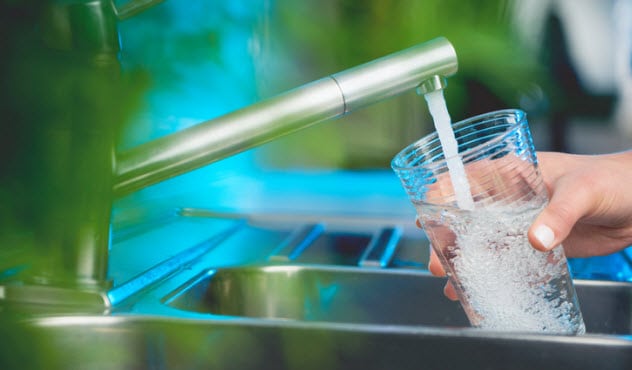
When it comes to the blend that is water and microplastics, most people think about ocean pollution. True, the seas are severely plastic packed, but there exists a problem closer to home.
In 2017, a study turned on taps in over a dozen countries and analyzed the water. Disturbingly, 83 percent of all samples bobbed bits of plastic. The United States scored the highest, with 94 percent of its tap water contaminated.[10]
Grabbing a bottle of purified water might not be the answer. In 2018, the World Health Organization got involved with the bottled water industry. This followed another study involving 259 bottles from nine countries. The contamination was even worse, hitting the 90 percent mark overall, or an average of 325 plastic bits per liter sold.
For the time being, it remains unclear how the noxious particles end up in drinking water. Culprits could include airborne microplastics from factory fans or workers’ clothing. Billions of people continue to drink plastic because no filtering system exists that can deal with the smallest nanoparticles, which are grains so small that they can enter human cells.
For more fascinating facts about plastics and alternative materials, check out Top 10 Fascinating Alternatives To Plastic and 10 Ways Recycling Hurts the Environment.
